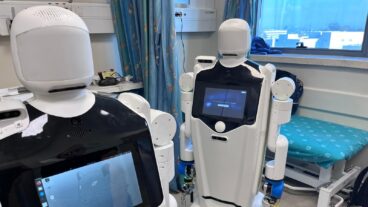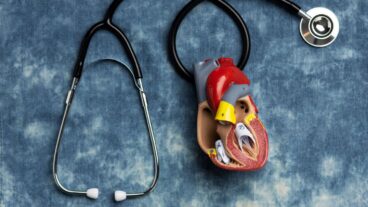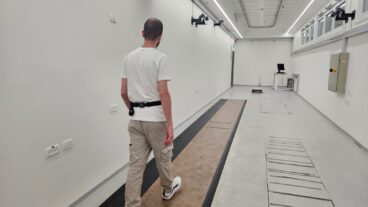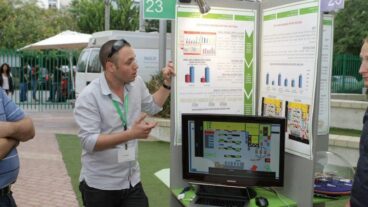Prof. Shimon Slavin of Hadassah-Hebrew University Medical Center in Jerusalem holds baby Salsabil.An Israeli medical team has saved the life of an Arab “bubble baby” at Hadassah-Hebrew University Medical Center in Ein Kerem, which, with its partner hospital in Jerusalem, has also treated injured terrorist suspects along with terror attack victims during the conflict.
The medical procedure used successfully to cure two-year-old Salsabil, the third bubble baby born to an Arab family in Jerusalem, is designed for the treatment of children born without immune systems. The procedure, that employs genetically altered stem cells, was developed by a team of Israeli and Italian doctors, led by Prof. Shimon Slavin, Dr. Shoshana Morecki and Dr. Memet Aker of Hadassah-Hebrew University Medical Center in Jerusalem, in collaboration with Dr. Allesandro Aiuti from the San Raffaele Institute for Gene Therapy in Milan, Italy.
The protocol, which gives a “biological advantage” to the stem cells over genetically abnormal cells in the body, reversed Salsabil’s severe combined immunodeficiency, a condition caused by the lack of an essential enzyme, adenosine draminase, or ADA.
Children born with an acute form of severe combined immunodeficiency, or SCID, are known as “bubble babies” because some past sufferers were kept in plastic, germ-free bubbles to prevent them from coming in contact with infectious germs.
Salsabil is the first child to be cured of SCID using genetically altered stem cells. The first child in her family died from SCID, after which Hadassah doctors froze umbilical cord blood cells from each successive birth in the family for possible treatment of subsequent siblings. Later, Salsabil’s older sister, Tasmin, survived after receiving an allergenic cord blood transplant from a younger brother.
In the early 90s, scientists had already begun experimenting with altering T cells, lymphocytes responsible for the production of antibody, through gene therapy. While scientifically successful, the experiments did not result in a cure since the patients still needed ADA replacement to survive because their “good” cells were overwhelmed by the much larger number of genetically abnormal cells that remained, Slavin said.
But, by the time Salsabil was born in February 2000, significant advances had been made in the field of gene therapy and stem cell biology. Slavin decided that if he could introduce genetically treated stem cells and give them a biological advantage, they could win out over the abnormal cells.
The groundbreaking procedure took place at Hadassah when Salsabil was seven months old. She received a mild treatment to suppress her genetically abnormal cells, providing the advantage to the genetically corrected stem cells. Then, Slavin and his team, along with their Italian colleagues, introduced the missing ADA gene into her purified bone marrow stem cells.
Within weeks the number of lymphocytes in her blood had risen dramatically and the toxic products in the blood, which would normally kill the lymphocytes, had declined. Within a month, Salsabil was out of isolation and went home in perfect condition, with no medications.
Nearly two years after the gene therapy, her immune system is functioning normally. Even after she was exposed to chickenpox, Salsabil’s antibodies developed spontaneously, and she did not develop any sign of the disease.
According to Slavin, who is head of the Department of Bone Marrow Transplantation at Hadassah Medical Center, this new procedure has the potential to be equally effective in curing similar genetic diseases, such as Gaucher’s, and other diseases caused by enzyme deficiency.
“The concept can be applied to all genetic diseases where there is a need to engineer stem cells to produce normal cells,” Slavin said.












